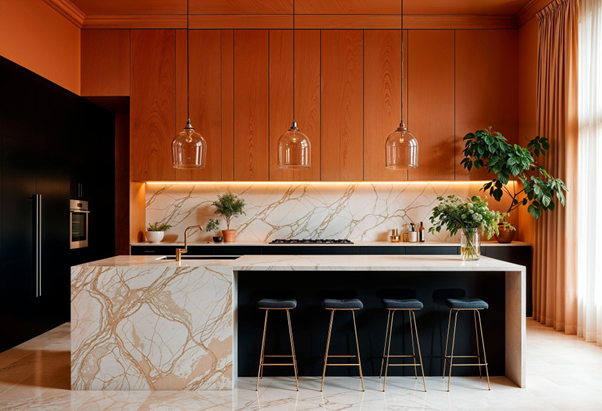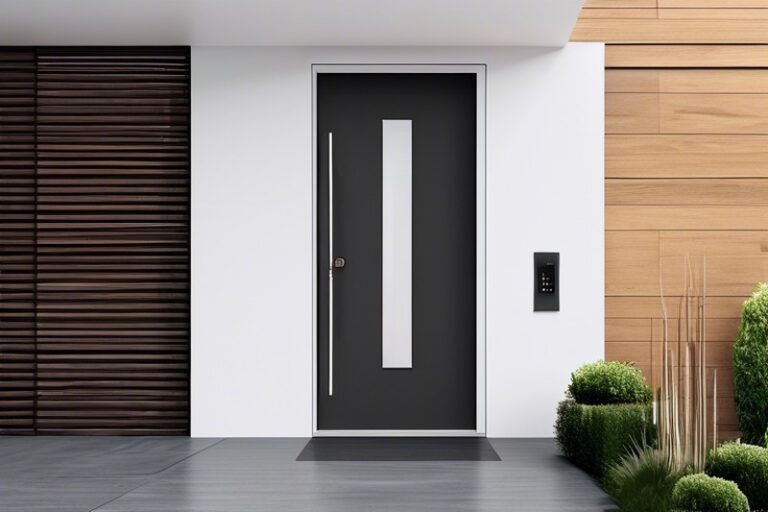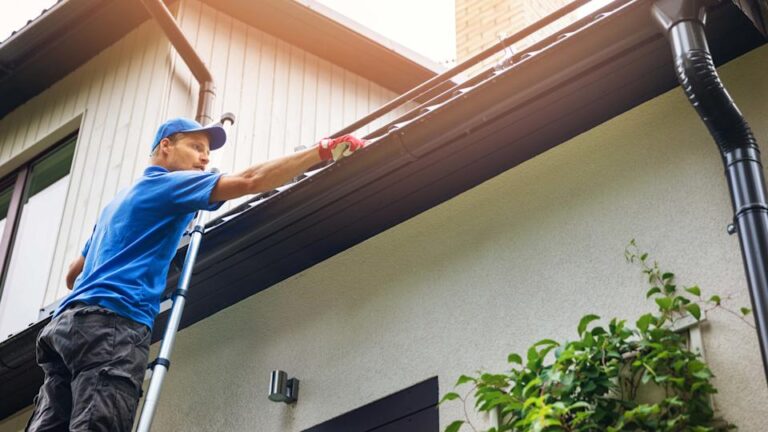
Are you tired of hearing every creak, cough, and conversation from the next room? Maybe you’re setting up a home studio and need to tweak the acoustics to perfection. Sound absorbing panels can be the perfect solution for controlling noise. But with so many options, how do you know which ones will really make a difference? Enter NRC and STC ratings – two important numbers to look out for when selecting the right panels for your space.
Measuring Sound Absorption
The Noise Reduction Coefficient (NRC) is a single-number rating that measures how much sound an acoustic product can absorb. This rating is important for spaces where you’re more concerned with reducing the overall volume of sound rather than controlling the transmission through walls. The scale ranges from 0 (perfect reflection, no absorption) to 1 (perfect absorption).
Higher NRC values indicate better noise reduction. For example, a material with an NRC of 0.60 will absorb 60% of the sound energy that hits it.
The NRC Scale and Its Application
Understanding the NRC scale is crucial for selecting the right sound absorbing panel. Here’s a simple breakdown:
- 00 to 0.29: Low absorption. Suitable for areas with moderate noise levels, such as residential living rooms or meeting spaces.
- 30 to 0.69: Medium absorption. Ideal for spaces that require some isolation, like conference rooms or school classrooms.
- 70 to 1.00: High absorption. Perfect for high-traffic, high-noise environments like theaters, recording studios, or open-plan offices.
Panels with high NRC ratings can significantly improve the acoustics of a room by reducing echoes, harsh sounds, and overall noise level. When shopping for panels, aim for an NRC that matches the needs of your space.
Understanding STC (Sound Transmission Class)
In contrast to NRC, the Sound Transmission Class (STC) measures how well a material can reduce the transmission of airborne sound through walls or partitions. Unlike NRC which focuses on absorbing sound within a space, STC rates a panel’s ability to block sound from one space to another.
Deciphering the STC Rating
STC is a comparative value. It represents the damping of sound as it passes through the panel, relative to the ability of a standard 1/8″ thick panel of single-layer gypsum wallboard to prevent the transmission. Typical STC ratings might fall within the range of 30 to 60, with higher numbers indicating better sound isolation.
A higher STC rating is crucial for privacy and compliance with building codes. For instance, a home office may require an STC rating of 35, while a high-security area might need a rating of 55 or higher.
Choosing the Right Panels
Selecting the right panels involves more than just looking at one rating. Balancing NRC and STC for your specific situation is key.
- Home Theaters or Studios: You want a space that doesn’t allow outside noise but also one where sound doesn’t bounce around excessively inside. Look for high NRC panels to reduce the internal echo and high STC ratings to minimize sound from escaping the room.
- School Classrooms or Gyms: Neighboring activities should not disturb these spaces, making STC the priority. However, some noise absorption is also needed. Opt for panels with a moderate NRC rating to maintain speech intelligibility and high STC ratings to keep adjacent rooms quiet.
- Meeting Rooms: In these cases, you often need to find the sweet spot. Utilize panels with significant sound blocking capability (high STC) to prevent sound leakage into private meetings and a moderate NRC to improve speech clarity and reduce reverberation.
Consider the material’s density and thickness, as these physical properties influence both NRC and STC. Keep the purpose of the room in mind and choose panels that offer a balanced solution that enhances comfort and efficiency.
Installation Guide
It’s one thing to have the right panels, but it’s another to install them correctly for optimal performance. Here’s how:
- Locate First Reflection Points: Determine where the sound first reflects from walls, which is typically at ear level from the main listening position. These are the ideal spots for your panels to maximize absorption.
- Ensure Adequate Coverage: For effective noise reduction, aim to cover 25% to 50% of the wall area with sound panels. This coverage helps to mitigate reverberation without completely deadening the space.
- Maintain Even Spacing: Install the panels with consistent spacing between them. An irregular pattern can lead to exaggerated sound anomalies.
Be mindful of the fact that while strategic placement is important, overdoing it can result in a dead-sounding room.
Maintenance and Upkeep
To maintain the performance of your sound absorbing panels, regular maintenance is essential:
- Dust Regularly: Regularly dust the panels to prevent the accumulation of dirt and grime, which can impact their acoustic properties.
- Use the Right Cleaning Products: When cleaning, avoid harsh chemicals that could damage the material. Instead, use a mild, non-abrasive cleaner and a soft cloth.
- Inspect for Damage: Periodically check the panels for any signs of damage, such as tears or dents, and repair or replace them as necessary.
Taking these simple steps will ensure that your panels continue to do an excellent job at controlling sound and enhancing the acoustics of your space.
Conclusion
Sound absorbing panels are a valuable tool in acoustical management. Understanding the NRC and STC ratings is crucial for selecting the right panels for your needs. Remember to balance these ratings while considering the purpose of the room, and follow proper installation and maintenance guidelines to ensure optimal performance. With the right panels in place, you can create a more comfortable, productive, and pleasant environment free from unwanted noise.







